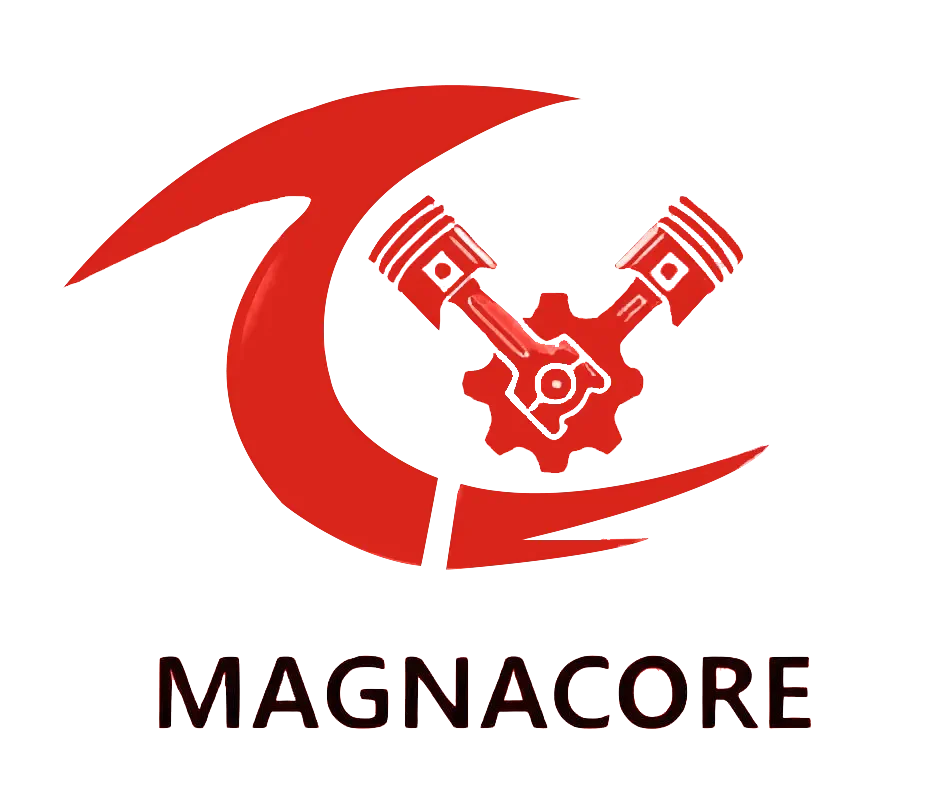The aerospace industry demands precision, efficiency, and reliability in every component—especially in electric motors.
Rare earth motors, known for their high power density and superior performance, are increasingly used in aircraft, satellites, and drones.
However, standard motors don’t always meet the unique demands of aerospace applications.
That’s where custom winding configurations come in.In this article, we’ll explore how custom winding configurations enhance rare earth motors, making them ideal for aerospace applications—without diving too deep into technical jargon.
Why Are Rare Earth Motors Ideal for Aerospace?
High Power Density in Compact Designs
Rare earth magnets, such as neodymium and samarium-cobalt, possess unparalleled magnetic properties that enable motors to generate substantial torque and power output without adding excessive weight.
In aerospace applications, where minimizing mass is crucial for fuel efficiency and payload capacity, these motors provide a significant advantage.
Their compact yet powerful design makes them ideal for use in drones, satellites, and aircraft propulsion systems, where space constraints and weight restrictions are critical considerations.

Superior Efficiency for Extended Flight Times
Aerospace systems demand motors that operate with minimal energy loss to maximize endurance and reduce reliance on frequent recharging or refueling.
Rare earth motors excel in this regard, offering higher efficiency compared to conventional alternatives like induction or brushed DC motors.
This efficiency translates into longer flight durations for unmanned aerial vehicles (UAVs), improved battery life in electric aircraft, and reduced thermal stress on onboard power systems.
And More:
- Overheating Solutions: Thermal Management in High-Performance Rare Earth Motors
- Dual-Purpose Motors: Integrating Energy Recovery in Rare Earth PMS Systems
Resistance to Extreme Conditions
Aerospace environments subject motors to harsh conditions, including rapid temperature fluctuations, high-altitude pressures, and intense vibration.
Rare earth motors maintain consistent performance under these stresses, thanks to their robust construction and advanced materials.
Unlike standard motors that may degrade or fail in extreme cold or heat, rare earth variants reliably operate in applications ranging from deep-space satellites to high-speed military drones.
What Are Custom Winding Configurations?
The Basics of Motor Windings
Motor windings consist of insulated copper or aluminum wire coils that create electromagnetic fields when an electric current passes through them.
The arrangement of these windings—including the number of turns, wire gauge, and geometric layout—directly influences the motor’s torque, speed, and efficiency.
A well-designed winding ensures optimal magnetic flux distribution, which is essential for smooth and powerful motor operation.
How Customization Improves Performance
Off-the-shelf motors use generalized winding patterns that may not align with the specific demands of aerospace applications.
Custom winding configurations allow engineers to adjust parameters such as coil pitch, wire thickness, and winding density to achieve desired performance characteristics.
For example, a motor designed for rapid acceleration in a drone might use tightly wound coils for high torque, while a satellite reaction wheel might prioritize low electromagnetic interference (EMI) with specialized winding techniques.
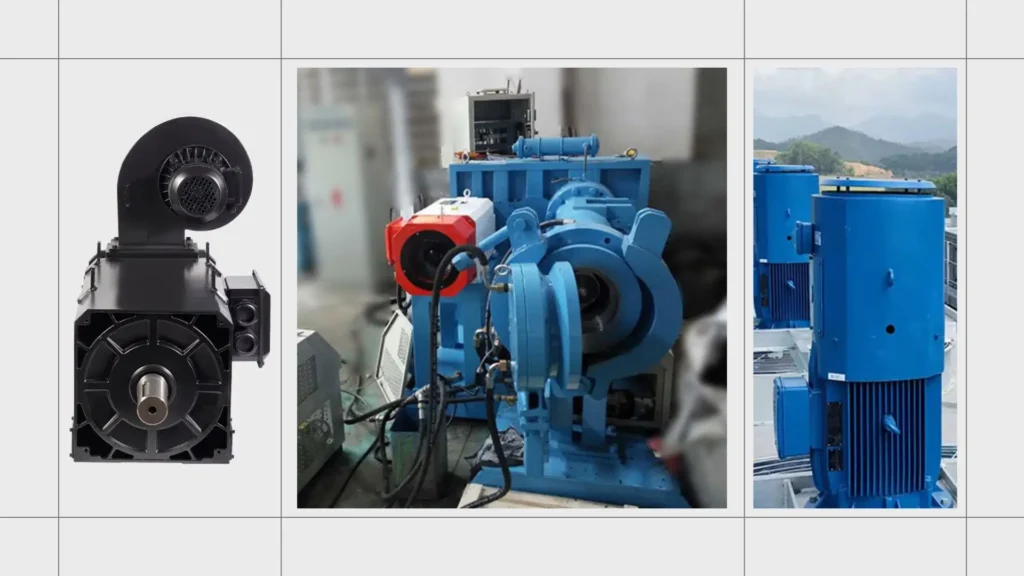
Common Winding Types Used in Aerospace
Concentrated Windings
These windings group coils around individual stator teeth, making them highly efficient for applications requiring strong, immediate torque at lower speeds. Their compact design is well-suited for actuators and propulsion systems.
Distributed Windings
Instead of concentrating coils in specific areas, these windings spread them evenly across the stator. This approach reduces torque ripple and electromagnetic noise, making it ideal for precision instruments and avionics systems.
Litz Wire Windings
Composed of multiple thin, individually insulated strands, Litz wire minimizes energy losses caused by high-frequency alternating currents (AC). This makes it particularly useful in high-speed electric propulsion and communication satellite mechanisms.
How Do Custom Windings Enhance Efficiency?
Reducing Energy Losses with Optimized Designs
Custom winding configurations significantly decrease resistive losses (I²R losses) through precise selection of wire gauge and winding geometry.
Thicker conductors with proper insulation reduce electrical resistance, while optimized winding patterns minimize eddy current losses.
This careful engineering ensures more electrical energy converts into mechanical power rather than wasted heat, directly improving the motor’s overall efficiency.
Better Heat Dissipation for Continuous Operation
Custom windings address this challenge through strategic coil placement that enhances airflow and thermal conduction.
Engineers may incorporate wider spacing between windings or integrate heat-conductive materials to create efficient cooling pathways.
This thermal optimization allows motors to maintain peak performance during extended missions without overheating, which is critical for applications like electric aircraft propulsion or satellite positioning systems.
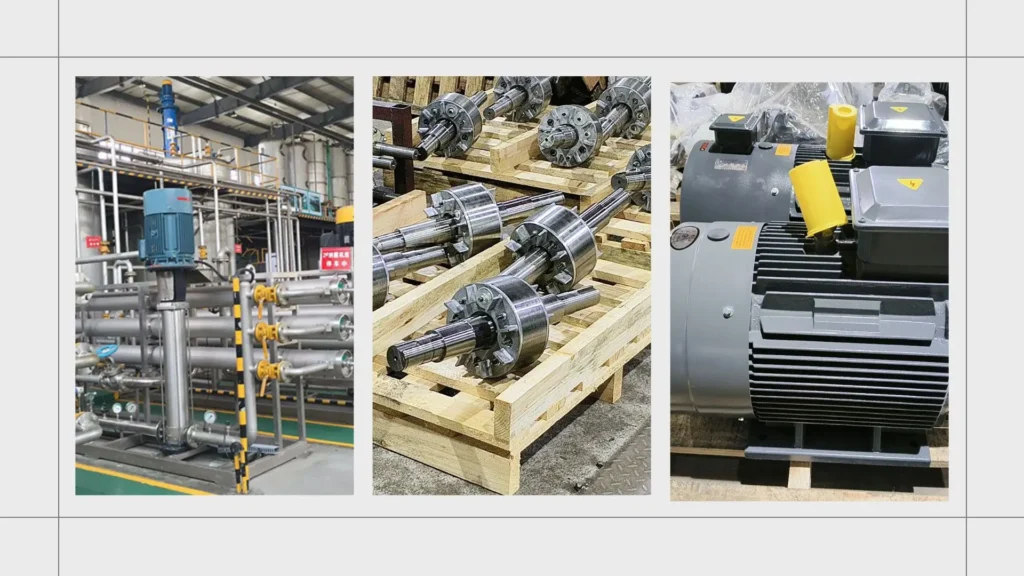
Matching Winding to Power Supply Characteristics
Different aerospace systems utilize varied power sources, from stable DC supplies in traditional aircraft to high-frequency AC in modern electric propulsion.
This precise matching prevents energy reflections and harmonic distortions that cause inefficiencies in generic motors.
The result is smoother power delivery, reduced electrical noise, and maximized energy conversion – essential qualities for reliable aerospace operation.
Also Read:
- Chinese Custom PMSM Motors – 4000 RPM to 12000 RPM
- A Comprehensive Guide to Permanent Magnet Synchronous Motor Wholesale in China
Can Custom Windings Improve Torque and Speed Control?
Tailoring Torque for Specific Applications
Custom windings enable engineers to precisely shape a motor’s torque-speed characteristics to match exact application requirements.
By adjusting winding density and coil configuration, manufacturers can create motors that deliver exactly the right torque profile at every speed point, eliminating performance compromises inherent in off-the-shelf solutions.
Reducing Cogging for Smoother Operation
The inherent cogging effect in permanent magnet motors creates unwanted torque variations that can interfere with sensitive aerospace systems.
These techniques distribute magnetic forces more evenly around the motor’s circumference, virtually eliminating the characteristic jerky motion.
This smooth operation is particularly valuable for applications requiring ultra-precise positioning, such as telescope aiming mechanisms or flight control surfaces.
Enhancing Dynamic Response in Flight Systems
Aircraft and spacecraft control systems demand motors that can adjust output almost instantaneously to changing flight conditions.
Specialized winding patterns reduce inductance while maintaining strong magnetic coupling, allowing faster current changes and quicker torque development.
This rapid response capability enhances the agility of flight control actuators and improves the stability of autonomous flight systems, contributing to safer and more precise aerospace operations.
How Do Custom Windings Handle Thermal Challenges?
Preventing Overheating in High-Performance Motors
Aerospace motors frequently operate at maximum power output for extended durations, generating significant heat that can compromise performance and longevity.
Engineers carefully calculate thermal gradients to ensure even heat distribution throughout the motor’s active components.
This thermal balancing act allows motors to sustain peak performance during critical mission phases without derating, whether in electric vertical takeoff aircraft or satellite deployment mechanisms.
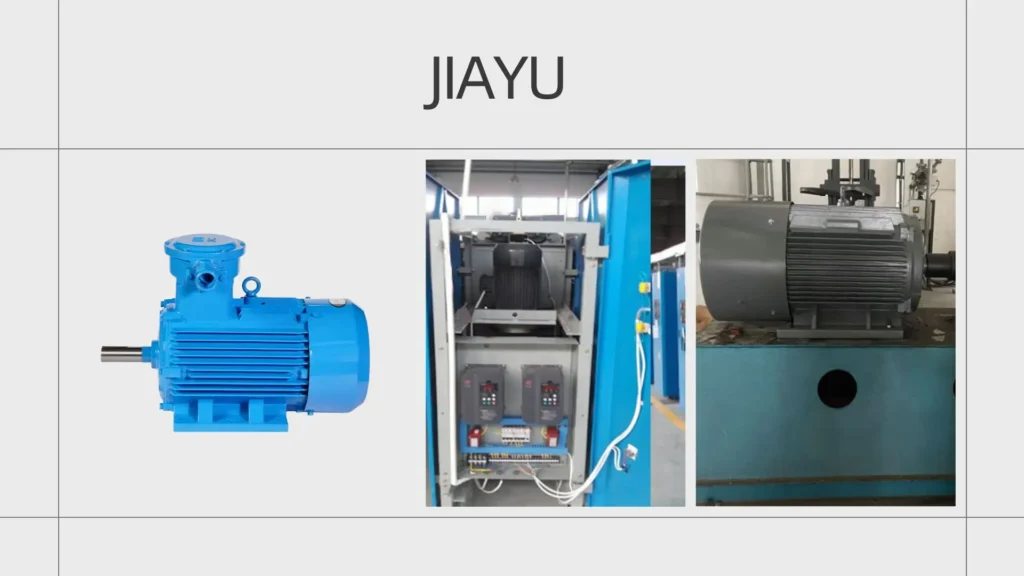
Material Selection for High-Temperature Resistance
The demanding thermal environment of aerospace applications requires winding materials that maintain integrity under extreme conditions.
These advanced materials withstand temperature spikes that would degrade conventional windings, while specialized impregnation techniques prevent insulation breakdown.
The result is a motor that reliably operates in environments ranging from the vacuum of space to the heat-soaked compartments of jet aircraft, with minimal risk of thermal-induced failure.
Integration with Cooling Systems
Custom winding configurations are engineered in tandem with advanced cooling strategies to maximize thermal management.
Windings can be arranged to create optimal airflow channels for forced-air cooling or designed with internal passages for liquid cooling systems.
This tight integration between winding geometry and cooling architecture allows aerospace motors to reject heat more efficiently than standard designs, maintaining safe operating temperatures even during demanding flight profiles or extended orbital operations.
Are Custom Windings Cost-Effective for Aerospace?
Balancing Performance and Budget
The initial investment in custom winding configurations must be evaluated against the total lifecycle value they deliver.
While premium materials and engineering expertise increase upfront costs, the resulting performance gains often reduce operational expenses.
More efficient power conversion decreases energy requirements, while optimized thermal characteristics extend service intervals.
Reducing Maintenance and Downtime
Aerospace operators face extraordinary costs when equipment requires unscheduled maintenance or causes operational delays.
The reduction in maintenance events and associated downtime provides substantial cost savings over the motor’s service life.
This reliability advantage proves particularly valuable for applications like airliner flight control systems or satellite constellations where accessibility for repairs is limited or prohibitively expensive.
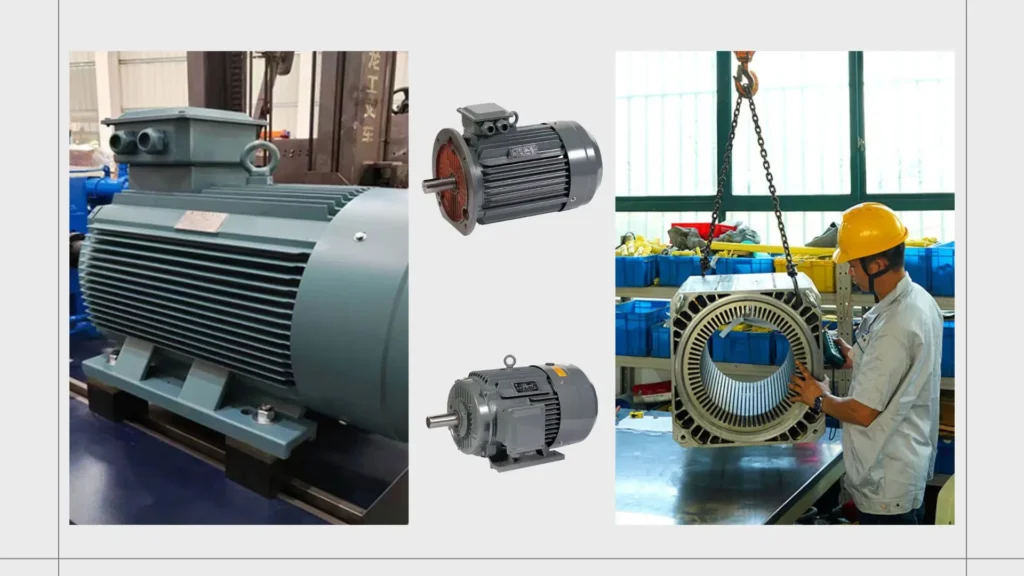
Long-Term ROI in Critical Applications
In aerospace systems where failure consequences range from mission abortion to catastrophic loss, custom windings justify their cost through enhanced reliability.
The engineering rigor applied to custom designs identifies and mitigates potential failure modes before production.
This proactive approach prevents costly field failures and ensures compliance with stringent aerospace certification requirements.
What Are the Key Considerations When Designing Custom Windings?
Understanding the Application’s Requirements
The first step in custom winding design involves thoroughly analyzing the motor’s operational context.
Propulsion systems demand windings optimized for continuous high torque, while actuation systems prioritize precise positional control.
Auxiliary systems may focus on quiet operation and minimal electromagnetic interference.
Selecting the Right Materials
Material selection profoundly impacts the motor’s capabilities and longevity.
High-purity copper with proper annealing ensures optimal conductivity, while specialized insulation materials like polyimide or ceramic coatings provide thermal and electrical protection.
The choice between round and rectangular conductors affects packing density and heat dissipation.
Each material decision must balance performance requirements with weight constraints and cost considerations, creating a tailored solution that meets all application parameters.
Simulation and Testing Before Production
Modern design processes employ sophisticated electromagnetic and thermal simulation tools to predict winding performance under various operating conditions.
Finite element analysis verifies magnetic flux distribution, while computational fluid dynamics models cooling effectiveness.
Prototype testing under simulated mission profiles validates the design before full-scale production.
This rigorous virtual and physical testing regimen identifies potential issues early, reducing development time and ensuring the final product meets all specifications reliably.
And More:
- 5 Red Flags When Selecting a Rare Earth PMS Motor Supplier
- Breaking Down the 20% Energy Savings of Rare Earth PMSM in Industrial Pumps
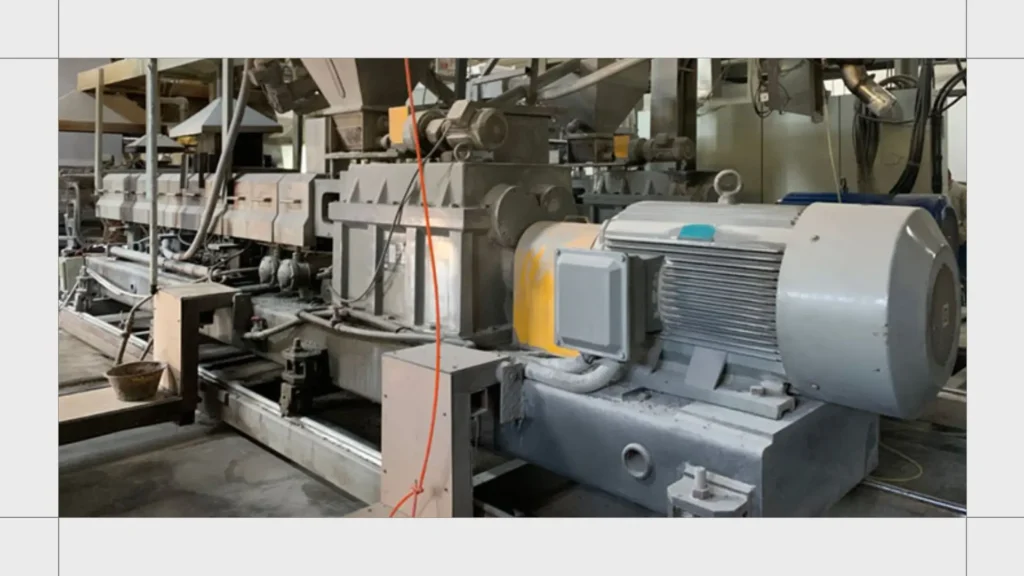
How Can Aerospace Companies Implement Custom Winding Solutions?
Partnering with Specialized Motor Manufacturers
Successful custom winding implementation requires collaboration with manufacturers possessing specific aerospace expertise.
These specialists understand the unique challenges of flight environments and certification processes.
They maintain the necessary design tools, material knowledge, and production capabilities to translate requirements into reliable solutions.
The right partner brings experience across multiple aerospace applications, enabling them to suggest optimizations and anticipate potential issues that less specialized suppliers might overlook.
Prototyping and Iterative Development
The development process typically involves creating multiple winding prototypes to evaluate different approaches.
Engineers test variations in turn count, winding patterns, and material combinations to find the optimal balance of performance characteristics.
This iterative approach allows gradual refinement of the design, with each prototype providing valuable data to inform the next iteration.
The process continues until the motor meets all performance targets while satisfying size, weight, and power constraints.
Compliance with Aerospace Standards
Custom winding designs must adhere to rigorous aerospace standards such as DO-160 for environmental conditions or MIL-STD-704 for power quality.
Certification requires thorough documentation of design processes, material specifications, and test results.
Experienced manufacturers integrate these requirements into the development process from the beginning, ensuring compliance doesn’t become an afterthought.
This proactive approach prevents costly redesigns and delays while guaranteeing the motor will meet all necessary airworthiness or spaceflight qualifications.

Conclusion
Custom winding configurations unlock the full potential of rare earth motors in aerospace applications.
By optimizing efficiency, torque, thermal management, and reliability, tailored windings ensure these motors meet the rigorous demands of flight.
For aerospace engineers and decision-makers, investing in custom windings isn’t just about performance—it’s about precision, longevity, and mission success.
If your application requires a motor that goes beyond off-the-shelf solutions, custom windings could be the key to superior performance.
